Remarks from the President Malta’s Developers Association, Sandro Chetcuti that some towns are beyond saving on Times Talk this week, was a “declaration of war” stated the Sliema Heritage Society.
Speaking to The Malta Independent, various members of the society explained how this brazen attack was to demoralise residents in to making them feel more resigned into selling their properties to hungry developers and killing off the town.
The Sliema Heritage Society was set up in 2010 to promote and revive Sliema’s cultural heritage through a number of educational activities. The voluntary organisation aims to work with the local council and other organisations. This interview delves into Facadism of Sliema properties, environmental heritage, Sliema’s identity and the society’s uphill struggle to save Sliema’s heritage.
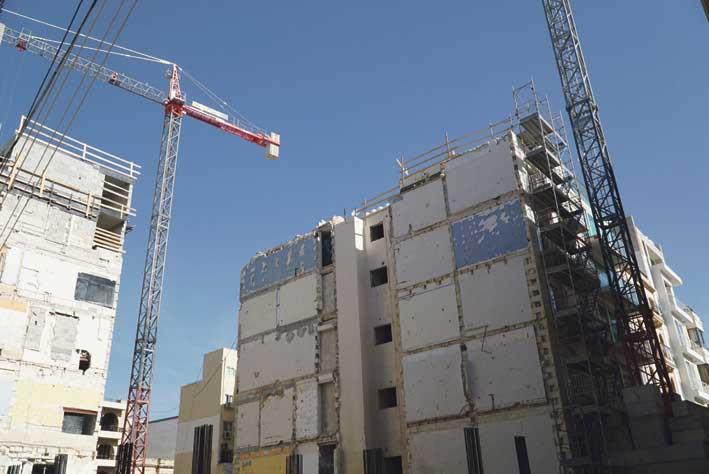
There has been a wave of applications to partly demolish Sliema’s town houses, maintaining the façade but in turn building apartment blocks from the back. Do you agree with such development?
The situation in Sliema is a bit complex. There has unbridled development since the late 1960s, which then peaked once more in the 1990s and now is peaking like it never has before. Despite attempts at having a local plan, which is still partially regarded, although now since the Planning Authority reform’s, decisions are taken on a context driven basis. There is a situation where you have block of buildings with two to three storeys and then one six story building standing in the middle of them. We would say that from an architectural and design stand point and obviously as a heritage one, there is some justification in committing some buildings to development.
However there are larger areas which need to be protected and left how they are; they need to be understood and recognised. Especially in Sliema when you find a row of houses with one apartment block in the middle sticking out like a sore thumb.

I draw parallels to Valletta years ago where there was an economic boom and real estate became much sought after with palazzos being removed and apartment blocks built instead. The same phenomena occurs in Sliema. However back then in regards to heritage, it was different to what it is now and the same with the quality of urban life and the country side.
In Sliema the point of departure is to redefine what is built heritage. In some cases facadism is justified and even necessary. Keeping a relic of something which was there means we have a way of understanding the past. However more importantly that they preserved more or less as they were originally intended. There are some houses which need more protection and from a heritage point of view, there are many buildings which have interiors of high importance too. So that is when facadism is completely unacceptable.
The introduction of protections scheme of such buildings could give peace of mind to some and could possibly upset others who no longer can sell their house for blocks of condiments. But that’s up to the authorities to decide.
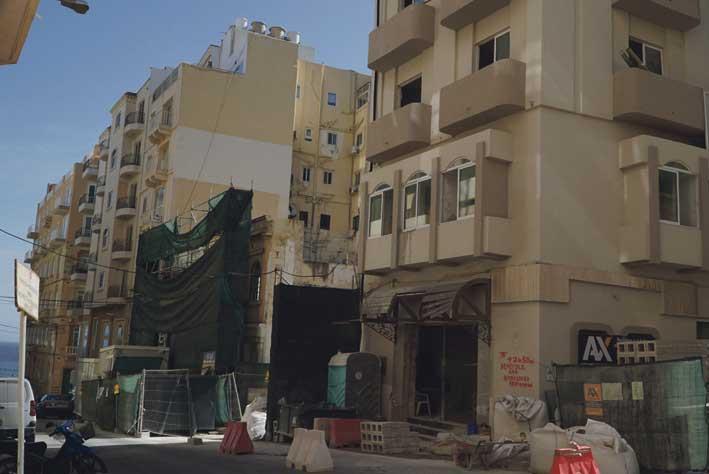
When it comes to Heritage Protection, the PA had done so with a block of town houses in Sliema. In regards to the locality in general, are there any places which need more protection or are under threat?
There are different levels of protection. Sliema is known as an urban conservation area meaning there are certain restrictions to buildings. However it is clear that they have never been more at risk than they are today. Primarily due to the loosely interpreted new guide lines set out by PA. However to explain, one needs to explain the Grading system:
Grade 3 is total demolition; Grade 2 does not give regard to the context of the building for example Cloisters which was given this grade and at this grade partial demolition is also considered; and grade one is the strongest which in Sliema is a very rare grade.
The row of town houses which have been protected by the PA gave us very little comfort. Whilst we appreciate it, ultimately there has to be a will to draw lines, so even though there is a block of flats someone needs to draw the line there. However this scheduling came at a time from our end and Din L-Art Helwa, when we submitted the PA a formal request for any form of protection of villa St Ignatius, which was denied. For us the 25 houses in Sliema were worthy in the grade two scheduling but they do not compare to the history and architectural value of Villa of St Ignatius. It is a welcoming move but really it was a smoke screen for the dismissal of St Ignatius, which is outrageous. No reasons were given to us as to why its historical value was not deemed important enough. For us it is one of the cradles of Sliema’s identity.
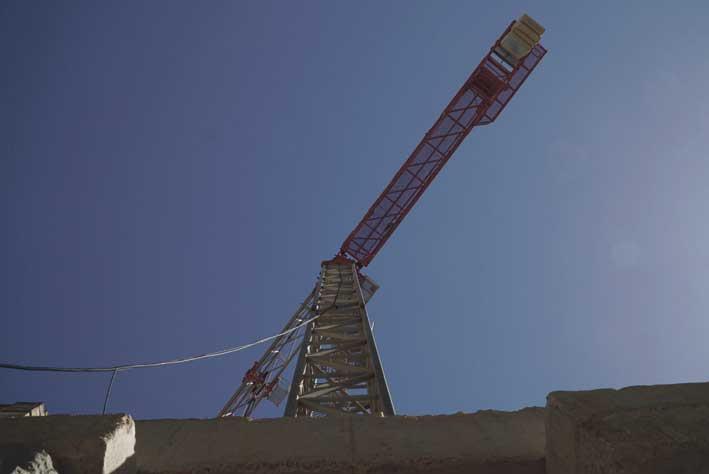
In regards to Environmental Heritage, Sliema is a much built up place with very little green space. What is your current stance on environmental heritage?
The environmental heritage in regards to greenery comes entirely in the way of gardens in Sliema. Harking back to St Ignatius, gardens are not protected. If you simply go on Google maps you can easily see what these many houses hold. They are the lungs of Sliema. The contribution of these gardens to the air we breathe is priceless, with their loss I think we’re truly in trouble.
As things are going it is a complete regression. And you do not need to be scientist to realise. These developments cannot be seen immediately, it happens gradually like a cancer and only when it is at stage 5 is it apparent. It all adds up and that is a major concern from a heritage perspective.
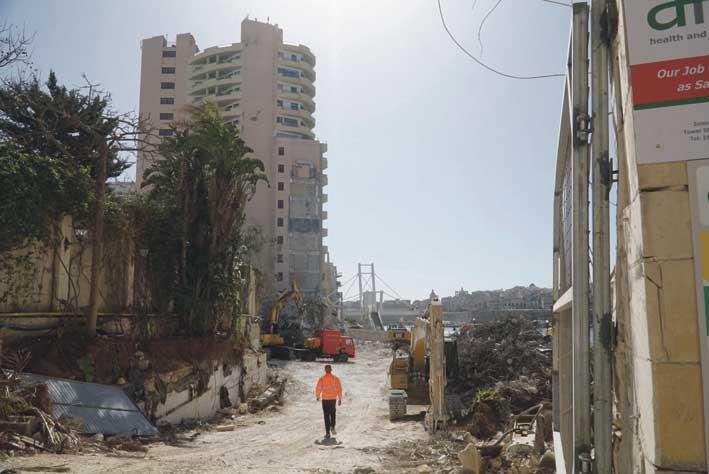
In terms of Sliema’s identity, what was it like before compared to now? Is Sliema losing its identity?
Sliema has always been a victim of its own success. Many of us have lived here our whole lives in Sliema and our heart is here. There are times when at 6 in the morning and you can walk by the sea no one will be around, which is magical. The way Sliema was set up and how it has developed, it embodies today those cultural traits of the time.
At the moment many people care so much less about what buildings look like from the outside and that is to the detriment of the urban quality. The duty of an architect is to create a façade which is presentable but also interacts with the context of the public domain and we are afraid that’s withered away.
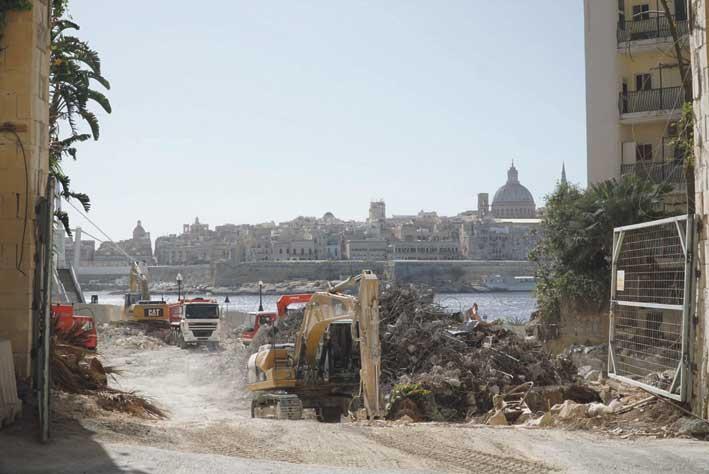
Do residents feel abused by developers?
Absolutely. There is certain arrogance from some developers. Even the bullying which goes on with elderly people is rife.
When Sandro Chettcuti this week stated that there are certain towns and areas which are not worth saving, we were pretty sure he meant Sliema was one those places. For us this was an official declaration of war from the President’s Malta Developers Association, it simply outrageous. Together with other organisations that have these localities at heart, we will fight this. We still believe in sitting down and reaching a compromise. However for us this was clearly an attack to demoralise residents to make them even more resigned to selling their properties to hungry developers and killing off the town.
The Sliema local council which we work with very closely are very sensitive to cultural heritage issues and have spent thousands in appeals over development. The council has to deal with thousands of complaints including broken pavements, traffic and many issues that arise from development. There are a group residents and even foreign residents who want a peace of mind that they can still live in house next to neighbours who live in house.
Something else we cannot quite understand is why these developers aren’t working on restoration, when there is money in restoration. We know for fact that there is. So does it have to be blocks and blocks of flats? Clearly they don’t care enough.
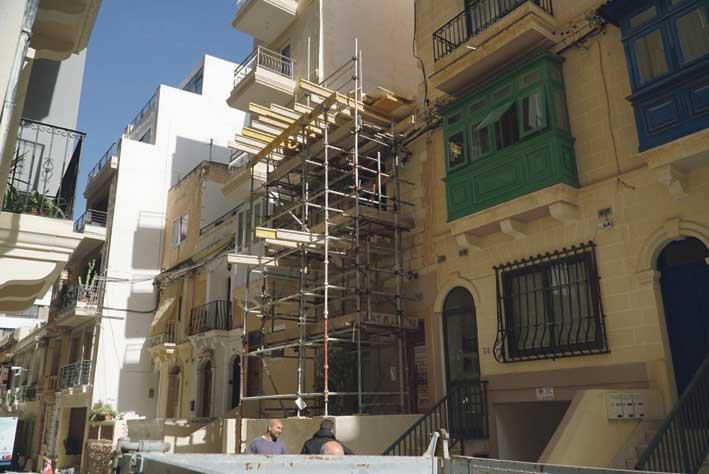
As a society what actions have you taken? Have you met with governmental entities?
We have met the PA chairman expressing how alarming the situation is and we were met with commiseration and sympathy. We also contacted to the President, Minister of Culture and the Minister of Tourism and we still have not received any replies from them from a month ago. We had met the Minister of Culture before and there were plenty of pats on the back and ‘keep it up’ remarks but the truth is there was an elephant in the room and really what they meant was ‘be quiet because we’ve got to get where we want to get’. We have had some victories and even had some property owners who were sensitive enough to keep their facades even when they didn’t need to but these are very few and far between.
We offer consultancy to the local council and din l-Art Helwa and we share resources. We are currently working on creating our own register of buildings because of the rapid development. At least in the future we will go down as being on the right side of history.
We don’t want to be reactionary but most importantly be pro-active and be the first ones to say these buildings are of importance.
But generally it’s an uphill struggle.
Photos James Caruana